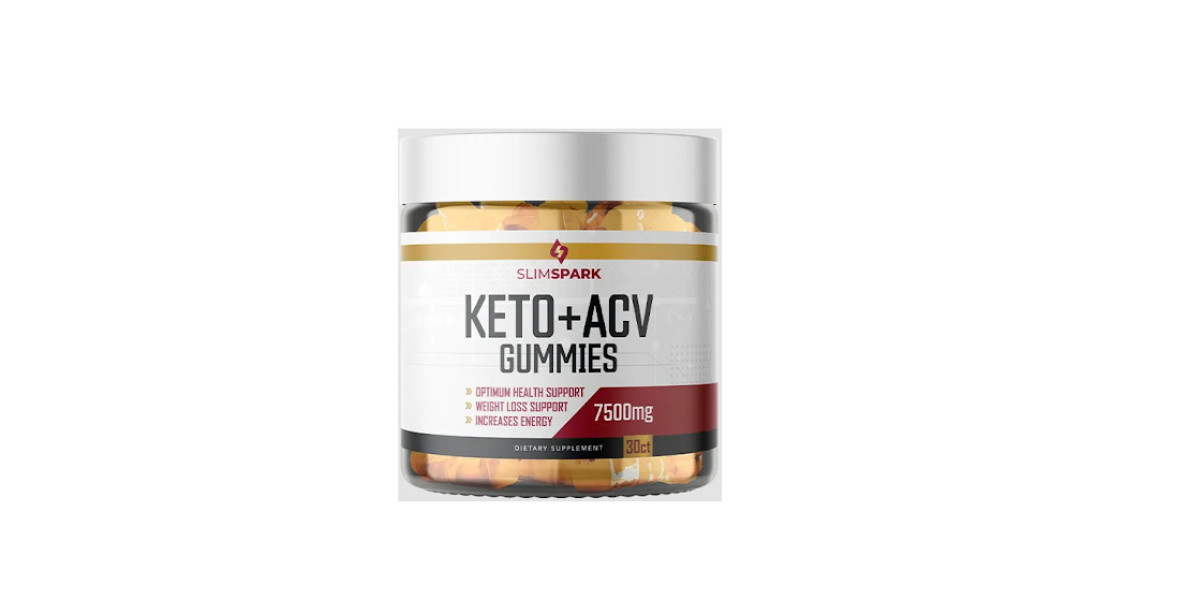HVAC systems, or attached to clothing and pets. When these spores land on damp surfaces indoors, they can begin to grow and multiply, forming colonies that can spread rapidly if conditions are favorable. Common sources of moisture that can contribute to mold growth include leaks in plumbing, roofs, or windows, high humidity levels, flooding, or inadequate ventilation.
Mold restoration typically begins with a thorough inspection of the affected area by trained professionals. During this assessment, the extent of the mold infestation is determined, and the underlying cause of the moisture problem is identified. This step is crucial for Mold restoration developing an effective remediation plan tailored to the specific needs of the situation.
Once the assessment is complete, the mold restoration process can proceed, typically following these key steps:
Containment: To prevent the spread of mold spores to unaffected areas of the building, containment measures are implemented. This may involve sealing off the contaminated area with plastic sheeting and using negative air pressure systems to direct airflow out of the space.
Removal of Affected Materials: Mold can grow on various surfaces, including drywall, wood, carpeting, and insulation. Porous materials that are extensively contaminated with mold may need to be removed and properly disposed of to eliminate the source of the infestation.
Cleaning and Disinfection: Non-porous surfaces can often be cleaned and disinfected to remove mold growth. Specialized cleaning agents and techniques are used to effectively eliminate mold spores and prevent regrowth. HEPA vacuums and air scrubbers may also be employed to capture airborne mold particles.
Drying and Dehumidification: Addressing the underlying moisture problem is essential for preventing mold recurrence. After removing visible mold growth, the affected area is thoroughly dried using fans, dehumidifiers, and other drying equipment to reduce moisture levels to an acceptable range.
Preventive Measures: Once the restoration process is complete, preventive measures are implemented to minimize the risk of future mold growth. This may include repairing leaks, improving ventilation, installing moisture barriers, and educating occupants about mold prevention and maintenance practices.
Throughout the mold restoration process, safety precautions are paramount to protect the health and well-being of both workers and occupants. Personal protective equipment, such as respirators, gloves, and protective clothing, should be worn during remediation activities to minimize exposure to mold spores and contaminants.
In addition to addressing immediate health and safety concerns, mold restoration can also have long-term benefits for the property. By restoring the indoor environment to a clean and healthy state, property owners can protect their investment and preserve the value of their assets. Furthermore, proactive mold remediation can help mitigate potential liability issues associated with indoor air quality problems and mold-related health issues.
In conclusion, mold restoration is a multifaceted process that requires careful assessment, planning, and execution to effectively address mold infestations and restore indoor environments to a safe and healthy condition. By promptly addressing mold issues and implementing preventive measures, property owners can safeguard the health and well-being of occupants and protect the integrity of their buildings for years to come.








